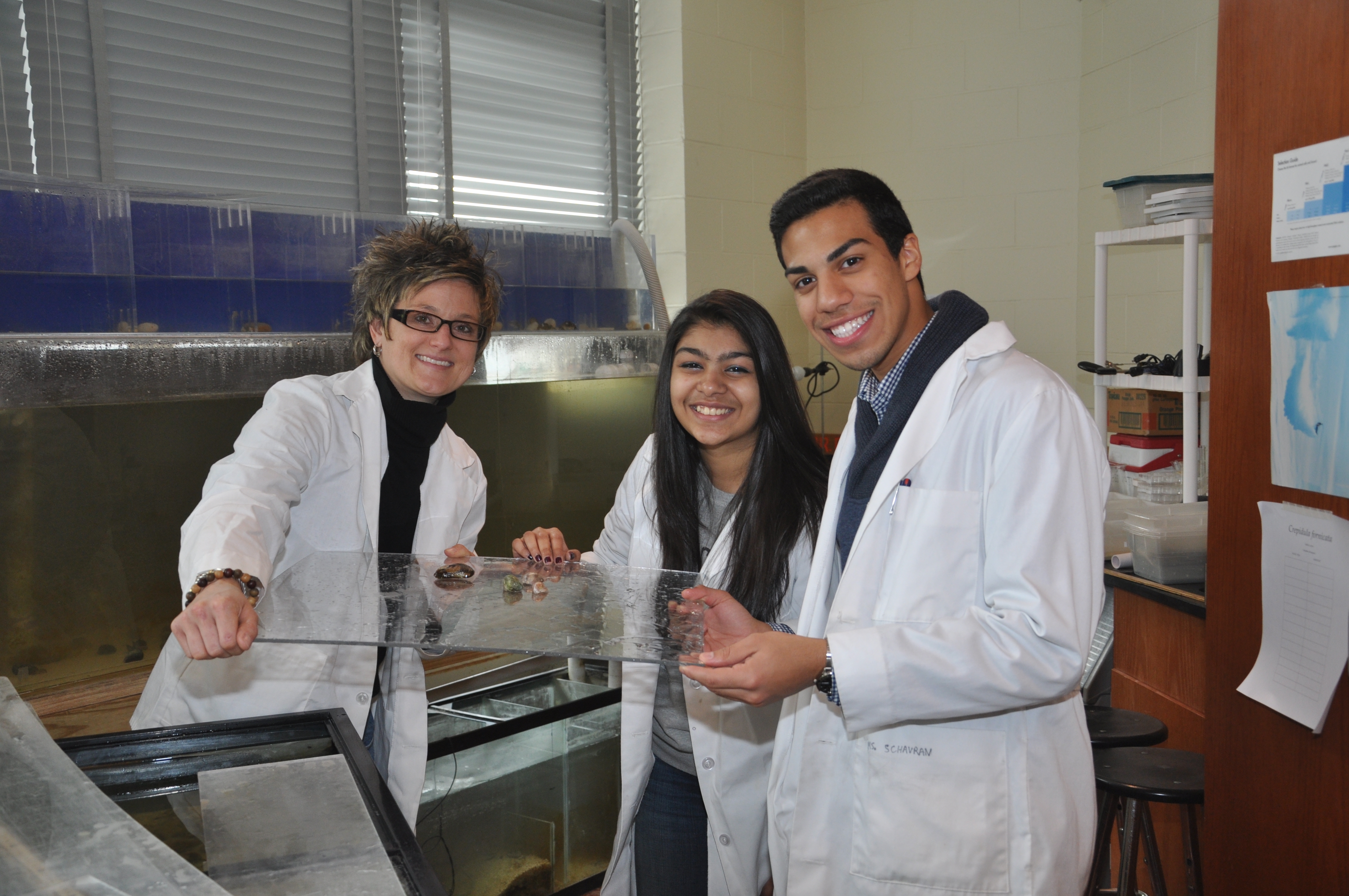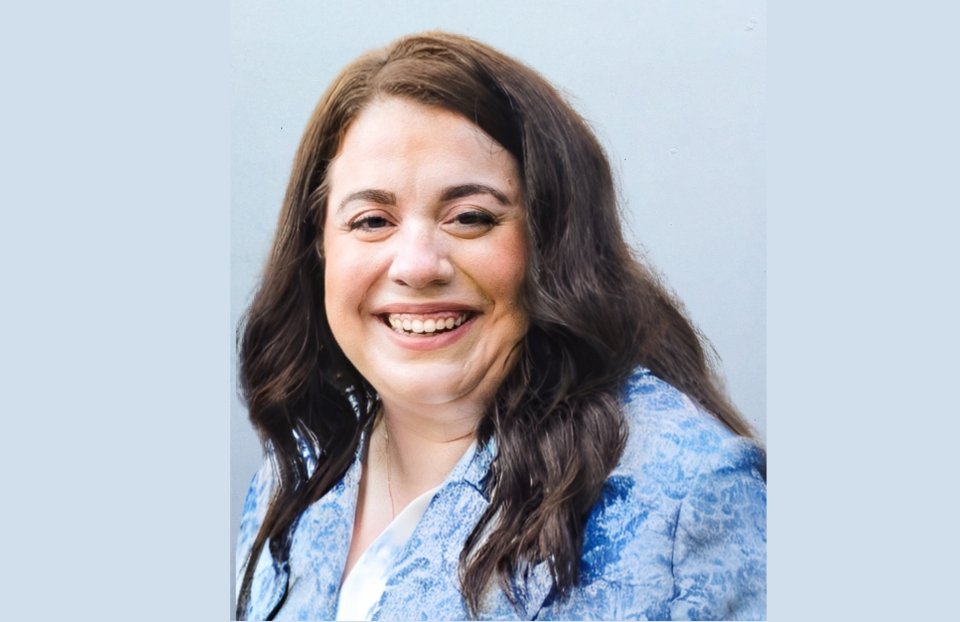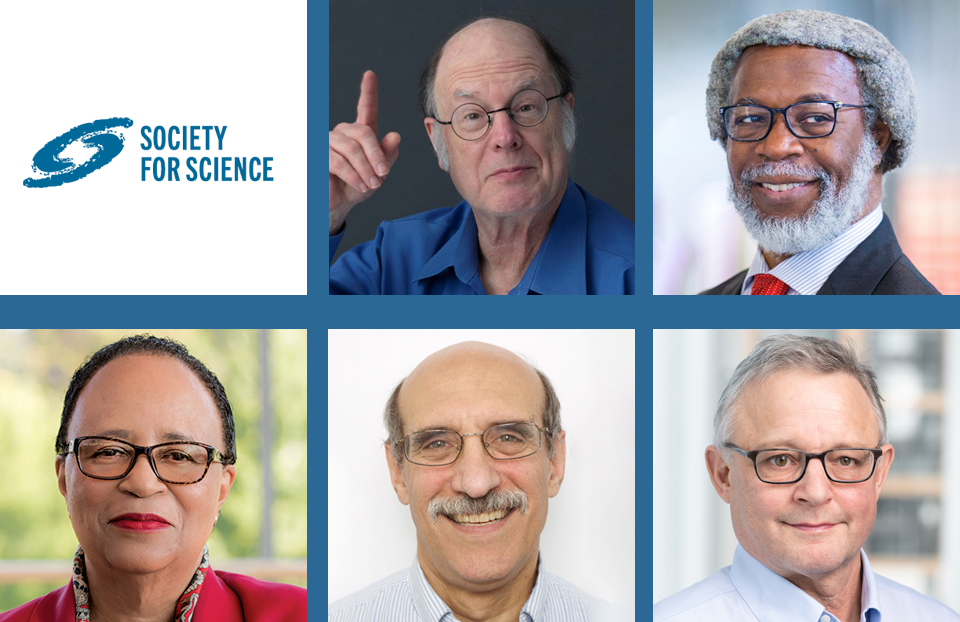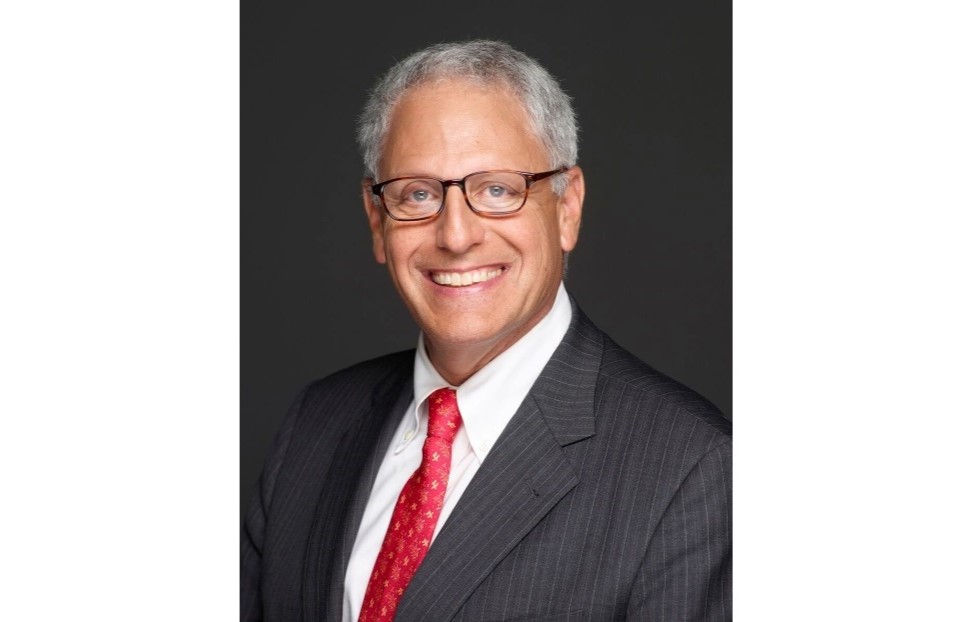Science Buddy Program Pairs Younger Students with High School Mentors

Rebecca Grella, a 2012 SSP Fellow, teaches scientific research at Brentwood High School in Brentwood, New York. Prior to her becoming a SSP Fellow, Grella’s student, Samantha Garvey, who was homeless at the time, was selected as an Intel Science Talent Search semifinalist. SSP Fellowships, sponsored by Intel, are awarded to teachers to create or enhance research programs that reach underserved students. Below Grella provides us with an update about how receiving the SSP Fellowship has impacted her research program.
What is your background in science and research, including what first drew you to science?
My interest in science spans back to when I was a young child, but I would attribute my love of science and the questions it raises and answers to some amazing teachers I have had on my journey.
I began research as an undergraduate; this led me to pursue my Masters degree in Biology. I studied in Madagascar, the world’s fourth largest island, and I investigated the use of technology in Conservation Education. I worked with the Institute for Conservation of Tropical Environments (ICTE) to develop curricula for teachers and I was specifically engaged in a reforestation initiative around Ranomafana Park. After my experience working in Madagascar with children and teachers, I knew that I wanted to be in the classroom. After five years teaching at Brentwood High School, I returned to Stony Brook University and was granted a fellowship from the Department of Ecology and Evolution to complete my PhD in Biology.
I hold Bachelors, Masters, and PhD degrees from Stony Brook University in Biology and am an invasive species biologist by training. For my dissertation work, I studied a terrestrial plant, Centaurea nigrescens, otherwise known as Tyrol Knapweed, or the “little purple flower that grows along roadsides.” This species was introduced from Europe in the 1800’s and spread in the United States. I have now been teaching for almost 15 years.
Can you describe what your experience as an SSP Fellow has been like? How has being a Fellow impacted your ability to develop a research program?
I would have never imagined that my experience as an SSP Fellow would have afforded me the opportunity to truly grow the Research Program at Brentwood High School. Last year the launch of our Science Buddy Program was a huge success; we had a middle school science fair with more than 940 participants!
[The Science Buddy program pairs upperclassmen interested in science with younger students, such as freshman and middle school students in a mentorship program. Prior to Grella receiving the Fellowship, older students had few opportunities to share their research with younger ones.]
Our Science Buddy Mentors have taken an active role in the community and at Stony Brook University and are now working on curricula to engage middle and elementary school students in research science. Additionally, I have two new faculty members working with me in the high school research lab and research classes are running in seven periods out of an eight-period day.
The research program has also recently partnered with the Technology Department. The instructor for the Principles of Engineering Course has been working with us to develop cutting-edge technology for some of our research projects.
Can you describe the progress you have made at your school and in your community? What have your students participated in (activities, partnerships, fairs, competitions, etc.)?
We have developed a Science Buddy board, made up of students who have roles both within the high school and in the greater community. The President and Treasurer of this Board, Sumaiya Chowdhury and Kevin Marino, were recognized as semifinalists in the Siemens Competition for Math, Science, and Technology for the research they conducted on the Atlantic Slipper snail. The students are in the process of making a YouTube channel focusing on the Science Buddy efforts and this year we will have nine projects competing at the Long Island Science and Engineering Fair, which is affiliated with the Intel ISEF.
How has the support you offered impacted students and the broader community?
The efforts of the Science Buddy Program have not only engaged students at the high school, but also the middle schools, and we are now expanding to elementary schools. Our goal this year is to have curriculum developed by students serving as Science Buddy mentors that can be used by middle and elementary school teachers to assist them in student research project design.
What advice would you have for other individuals attempting to increase interest in science in their communities and nurture students through the research process? What are the elements involved in creating a strong and sustainable research program? Obtaining support from outside sources is critical. With the paucity of money available for extracurricular activities and electives in school districts, external support is critical. The success of a long-term program is directly correlated to funding.
Why do you think it’s important for students to participate in scientific research? Do you have any advice for young students interested in pursuing science?
Research prepares students for success in any field. The opportunities that present themselves by opening the research door are unimaginable. Research is like a choose-your-own adventure story (my favorite books as a child) and the adventure is constantly changing. I encourage all students with an interest in science to pursue research, as they will be our future.
What are your future plans?
It is a goal of mine to see one of the Science Buddy students make it to the Intel International Science and Engineering Fair (Intel ISEF). I also want to continue making contributions to the SSP community and I would like to have an active role in promoting research opportunities to underrepresented districts, after successfully seeing the program at Brentwood grow. I am a strong supporter of the National Science Foundation’s NOYCE Fellowship program and I am hoping in the future to develop, with my colleagues at Stony Brook University, similar successful programs.
Is there anything else relevant or interesting that you think SSP alumni, teachers, fair directors, judges/volunteers, science enthusiasts, and/or students should know about you/your experience?
In 2008, I was a science advisor and consultant for Season 5 of Nickelodeon’s GO Diego GO! It was truly one of the coolest uses of my skills as a scientist and an educator. I am an avid photographer and I love art and building things. In my spare time, I am either taking pictures or building something in the lab. My latest creation is a camera for a salt water reef tank so people can see what Nemo really does.


